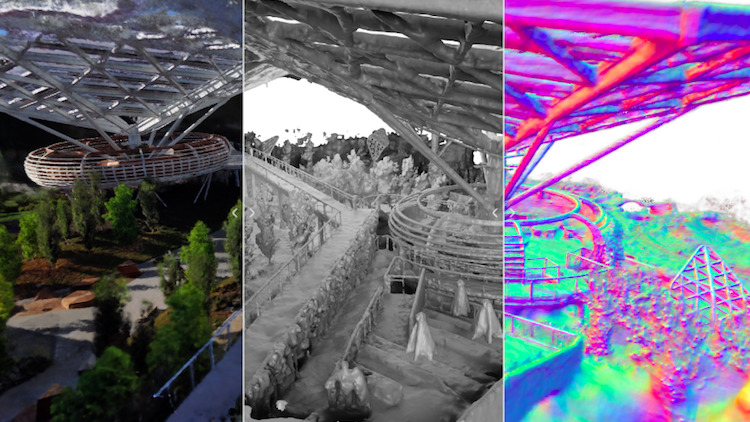
3D renders of 2D smartphone videos, wearable proximity sensors, and concrete strength sensors feature on Time Magazine’s annual best inventions list.
The Time best inventions list highlighted NVIDIA’s Neuralangelo, an AI model that converts 2D video from a smartphone into 3D renders, capturing fine details of complex materials like roof shingles, panes of glass, and smooth marble.
“The scenes and objects it creates are compatible with popular, off-the-shelf design applications, so they can be edited and used in digital twins [or virtual replicas of real-world objects], robotics, game development, and more,” NVIDIA senior director of research, Ming-Yu Liu, told Time.
A wearable proximity warning device developed by UK-based Tended Wearables also impressed the magazine. The device uses similar technology to drone-positioning systems, and can pinpoint a wearer’s location to around half an inch, raising an alarm if they stray too close to a live rail track (GPS, by comparison, can locate a person’s position to within 16 feet).
The European Space Agency funded the geofencing technology. “We just build really cool s**t and hope that one day it will save somebody’s life,” Tended chief executive Leo Scott Smith told Time.
Concrete and cement
Time also liked the Rebel concrete strength sensors from Wavelogix. After installation on a stretch of road before concrete is poured, the sensors transmit real-time data about the material directly to engineers’ smartphones. Earlier this year, the sensors were added to highways in Texas and Indiana, with more states coming soon, Time stated.
Carbon-negative cement from Brimstone also featured on the best inventions list, as did Dedrone’s City-Wide Drone Detection product. The latter throws a virtual shield around a geographical area, warning law enforcement within seconds if a drone has entered the designated airspace.
And finally, confirming that sometimes you need to take inspiration from the past, Time gave a special mention to Texas-based Pipedream Labs, which is building delivery systems that can transport goods through subterranean pipes [the Royal Mail’s Mail Rail anyone? – ed]. Pipedream has started with a mile-long network in Georgia.
Don’t miss out on BIM and digital construction news: sign up to receive the BIMplus newsletter.














